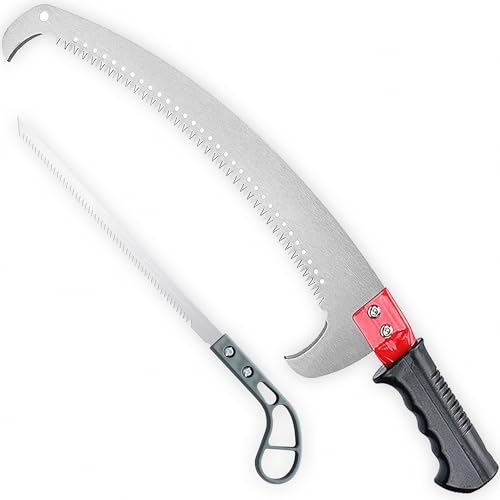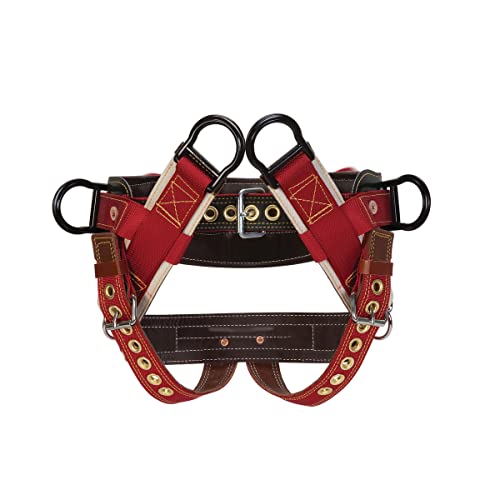Simon,
I understand that we would want laminar flow to keep the velocity of the fuel charge up, but is there any reason that we would want any turbulent flow, say for atomization? Say for example in the intake port area. The fuel is atomized at the nozzle in the carb but it`s velocity immediately drops in the carb throat. This has a tie in to volumetric efficiency, no?
donnyman,
It`s my belief that because of the port time/area relationships necessary for a two stroke to run efficiently, a round port would not have the open area necessary for optimal performance. In other words, because of the time/area relationship the top and bottom heights of the ports are limited which also limits the widths of the ports in a circular port. An oval port could have more area and thus more flow. Poor turbulent flow is better than no laminar flow.
This is speaking strickly in the sense of port efficiency. Piston ring life is another area worthy of serious consideration. A round or oval port has a ramp effect on pushing the ring back into it`s groove after it has expanded into the open area on it`s way by vs square or rectangular ports with flat tops and bottoms which abruptly force the ring back. This is called ring clipping. This is why proper chamfer on port edges is critical. There are sometimes valid reasons why square or rectangular ports would be used and a level of acceptable ring life needs to be established.
Sorry to hop in for Simon. I`ll return the thread to his care for further response.
Russ
























































